Description
When this innovative textbook first appeared in 1984 it rapidly became a great success throughout the world and has already been translated into several European and Asian languages. Now the authors have completely revised and updated the text, including more than 2000 new literature references to work published since the first edition. No page has been left unaltered but the novel features which proved so attractive have been retained.
The book presents a balanced, coherent and comprehensive account of the chemistry of the elements for both undergraduate and postgraduate students. This crucial central area of chemistry is full of ingenious experiments, intriguing compounds and exciting new discoveries. The authors specifically avoid the term `inorganic chemistry’ since this evokes an outmoded view of chemistry which is no longer appropriate in the final decade of the 20th century.
Accordingly, the book covers not only the ‘inorganic’ chemistry of the elements, but also analytical, theoretical, industrial, organometallic, bio-inorganic and other cognate areas of chemistry. The authors have broken with recent tradition in the teaching of their subject and adopted a new and highly successful approach based on descriptive chemistry.
The chemistry of the elements is still discussed within the context of an underlying theoretical framework, giving cohesion and structure to the text, but at all times the chemical facts are emphasized. Students are invited to enter the exciting world of chemical phenomena with a sound knowledge and understanding of the subject, to approach experimentation with an open mind, and to assess observations reliably. This is a book that students will not only value during their formal education, but will keep and refer to throughout their careers as chemists.
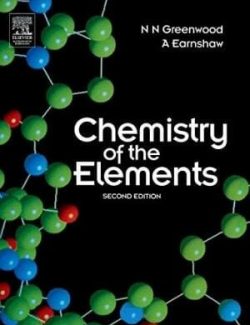
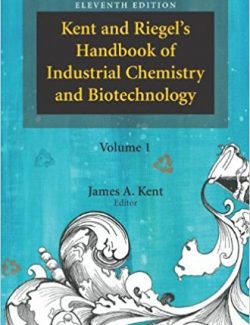
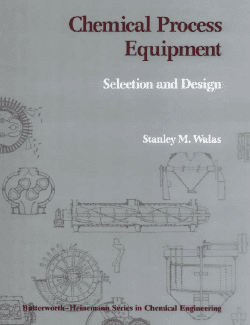
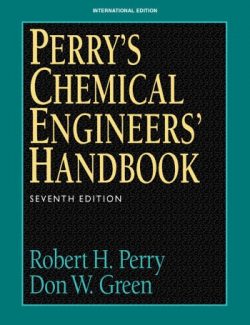
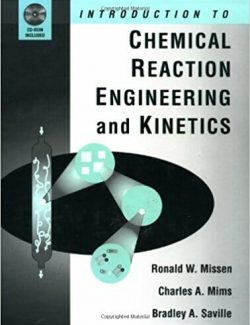
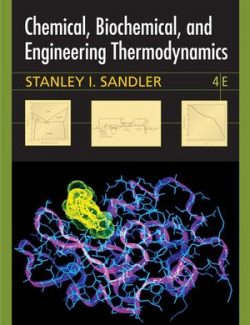
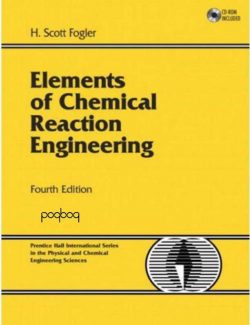

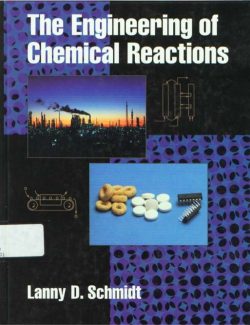
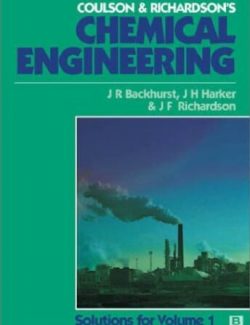

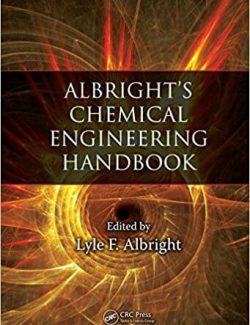
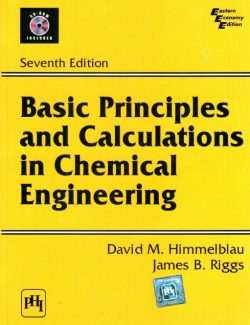
Leave us a comment
No Comments